Latin America. The term STEM was coined by the National Science Foundation, an independent federal agency that supports U.S. science and engineering, to refer to the disciplines of science, technology, engineering, and mathematics (Science, Technology, Engineering, Maths).
Within society, for a few years, the need to include artistic discipline and design in this term became clear. The Rhode Island School of Design picked up on this yearning, contributing to the popularization of the acronym STEAM, now referring to science, technology, engineering, art and mathematics.
In the educational environment, STEAM refers, therefore, to an integrative learning model based on the teaching of these five disciplines. This model usually uses methodologies such as reflective learning or project-based learning, which favor the training process of the learner through their particular research process by answering the questions or challenges posed in class.
In this way, students incorporate skills such as problem solving through the scientific method, but also the use of information and communication technologies (ICT). Some academic articles support the positive results of these methodologies. The article "Using the STEAM program to develop and improve students' experimental skills" notes that students "learned to plan and conduct experiments, acquired the ability to formulate hypotheses, make assumptions, analyze and explain results, and formulate reasoned conclusions" (Šlekienė 2019).
Some figures to understand the current and future landscape
Society collects every great change associated with digital transformation, the labor market needs profiles trained in the most cutting-edge disciplines and professions emerge behind each technological invention. The World Economic Forum's Future of the Jobs report particularly highlights the fact that the workforce is specializing in ICT-related areas (WEF, 2016).
The main urgency regarding the digital gender divide and the lower number of women who have a technological or scientific professional profile is that, if concrete actions are not carried out so that women participate in these areas, their professional, social and economic development could be at risk due to the needs of the ICT-oriented labor market (Juvera and Hernández, 2021), and in the near future female unemployment could increase alarmingly.
LinkedIn's articles "Booming Jobs 2023 in Colombia and Chile" highlight the 10 most sought-after jobs in the last five years and the trends that are defining the future of the labor market. Among these, we can highlight new professions related to STEAM disciplines with a very differentiated percentage of hiring by gender, such as:
- Data engineer: Colombia (14% women; 86% men) and Chile (18% women; 82% men),
- Site reliability engineer: Colombia (14% women; 86% men) and Chile (2% women; 98% men),
- Sales development representative: Colombia (58% women; 42% men) and Chile (53% women; 47% men),
- Customer Success Specialist: Colombia (52% women; 48% men) and Chile (57% women; 43% men).
In Latin America, the proportion of women researchers in relation to men has reached 44%, that is, of every 100 researchers, 44 are women. The percentage is even lower in those science, technology, engineering and math (STEM) sectors that have no direct connection to care.
This situation has not always been the case. We have to go back, however, to the beginnings of programming in the sixties and later, when women established themselves as programmers and in 1984 represented 37.1% of the computer science student body in the United States.
Regarding the digital gender divide, within the article "A great challenge of digital literacy: the digital gender divide" we analyze a series of data that highlight inequalities in ICT tenure and operability. According to UNICEF, 393 million adult women in developing countries do not have mobile phones, which hinders opportunities for digitization. This problem begins in childhood, since 1.3 billion children aged three to seventeen do not have an internet connection at home (UNICEF & ITU, 2020). All this greatly hinders girls, especially for social and cultural reasons, from enjoying regular access to ICT tools, training in digital skills and media literacy.
How STEAM can help within the digital gender divide
Gender norms, negative stereotypes, barriers and the digital gender divide continue to prevent girls from developing their potential (Grañeras et al., 2021).
Private and public educational institutions, as well as government initiatives, have a decisive role in developing actions to correct this situation.
In the article "How to Address Stereotypes and Practices Limiting Access to STEM-Related Education for Women and Girls", researcher Milagros Sáinz, leader of the GenTIC group at the Universitat Oberta de Catalunya (UOC), analyses the causes of this low female representation, including the reinforcement of stereotypes about certain professions in the mass media. social networks, advertising and video games (Sainz, 2022).
Some of the actions that can encourage girls to become interested in STEAM disciplines and the acquisition of ICT skills are the following:
- Facilitate access to technological equipment and internet connectivity, and train in ICT skills.
- Break gender stereotypes.
- Make visible the female reference models in scientific and technical careers.
- Bring science, technology and ICT closer to girls through STEAM-based school curricula or extracurricular activities.
- Take advantage of the "A" of STEAM to encourage them in the study of these disciplines through design, art, gamification and multimedia.
- Publicize the professions related to digitalization and the opportunities they offer.
Currently, there are very interesting initiatives to promote STEAM among girls, with the main objective of disseminating science and technology among young people. These projects aim to promote technological vocations in the group of girls, with the aim of contributing to ending the gender gap that exists in professions in this field. A very good way to promote equality and camaraderie between boys and girls to learn together and encourage STEAM in both genders are joint activities.
Other initiatives reinforce the role of creating gamified or multimedia-related experiences. The article "Girls experts in technology: learning the skills of the XXI century through digital artistic creation STEAM" explains how throughout different courses, girls were encouraged to create with technology and explore different forms of digital artistic creation through activities related to storytelling, personal experience and technological literacy, developing animations and video games.
The result was very positive: "girls learned to collectively participate in the creation of digital art, exploring leadership roles with twenty-first century knowledge and skills, which increased their confidence to pursue future technology-related careers" (Liao et al., 2016). After surveying the students, the conclusions were that they "gained different views on technology, as well as the understanding that women can also make a difference using technology" (Liao et al., 2016).
Conclusions
The social problem of the low representation of women in the disciplines and professions of the scientific-technological field and the growing need for professionals in these fields, given the changing and technified world in which we are immersed, require immediate actions.
The heads of educational institutions, governments, supranational organizations and other social actors must work to reduce the female digital divide at the earliest ages, as well as encourage the interest of girls in their training in disciplines in technical fields to avoid a future in which social inequalities are even more evident. Different experiences suggest that STEAM curricula help achieve this end.
Even so, collaboration between men and women is necessary, without bias, to make effective the integration of girls and boys within these interdisciplinary curricula and the normalization of the female presence in any profession or field of citizenship and knowledge.
Analysis carried out by the Universitat Oberta de Catalunya, UOC.







































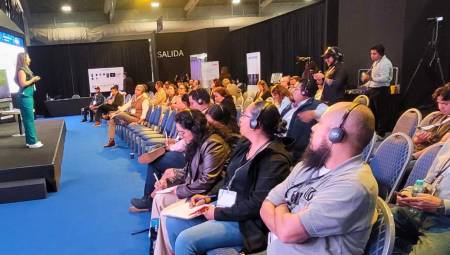
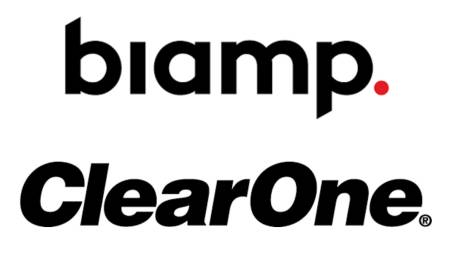

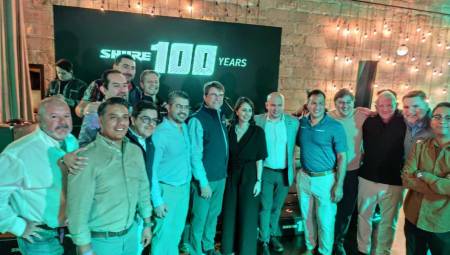
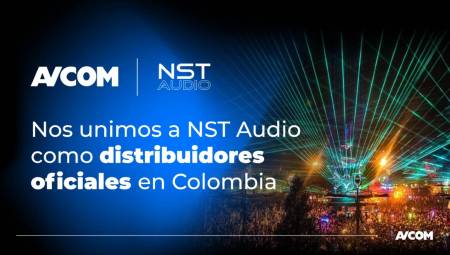


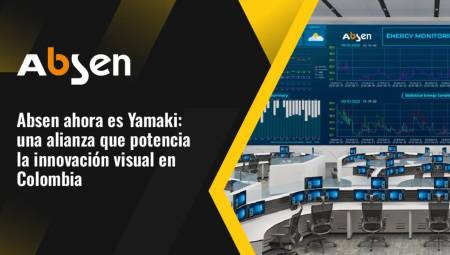
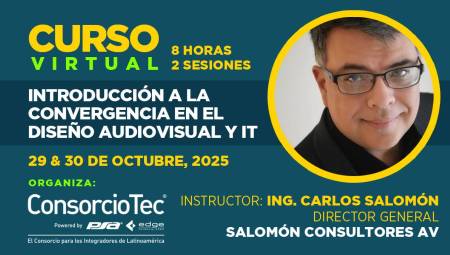


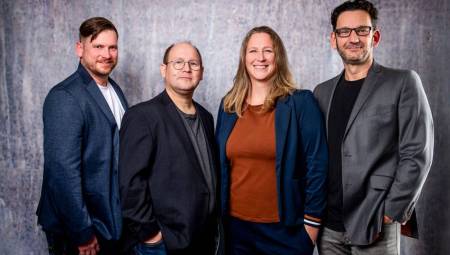
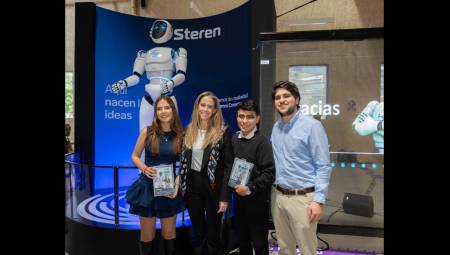
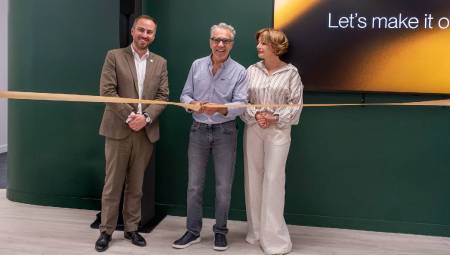
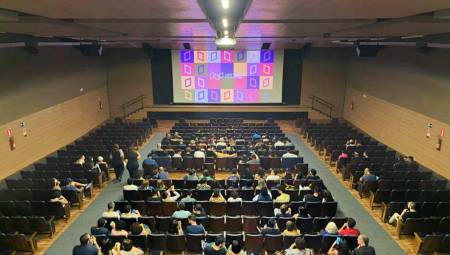


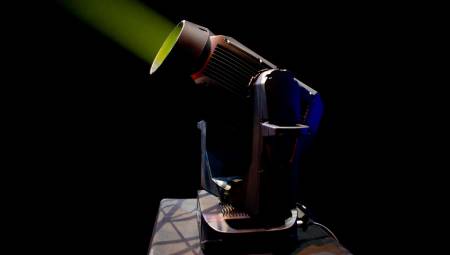



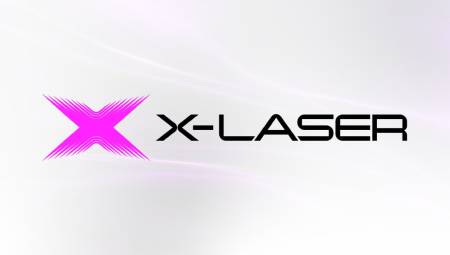

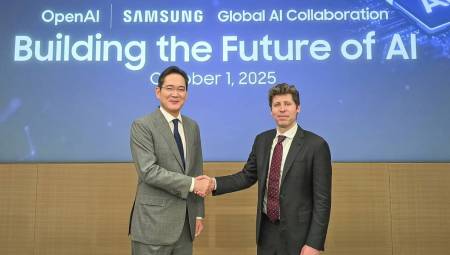
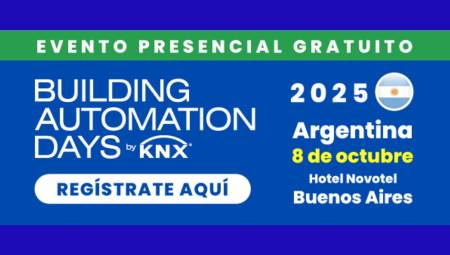
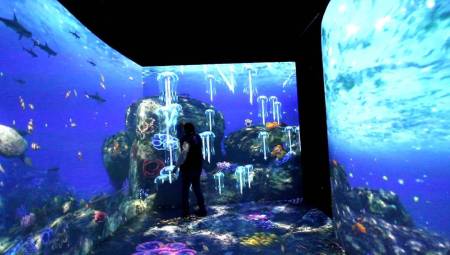
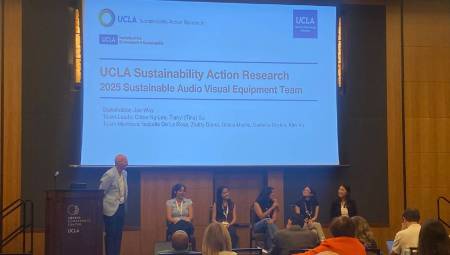
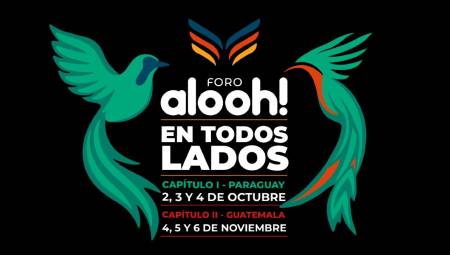



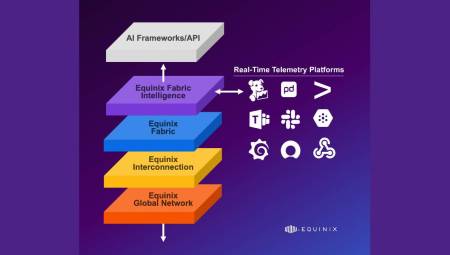

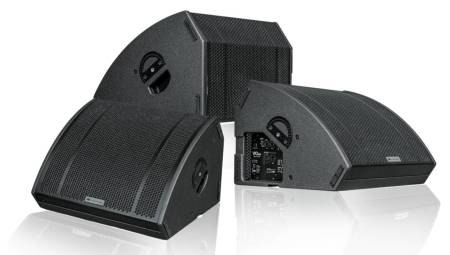
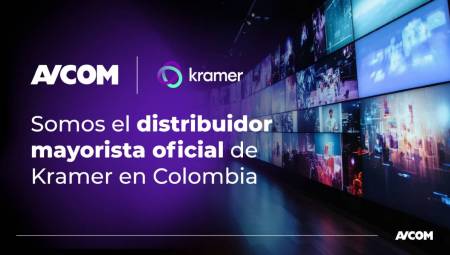
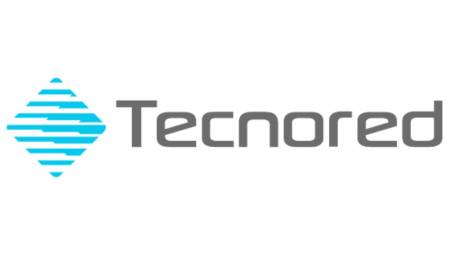
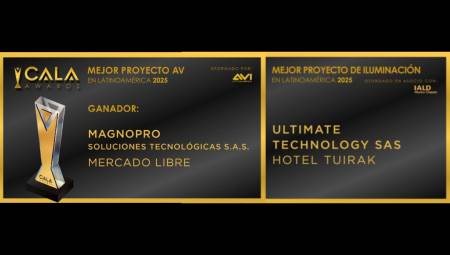


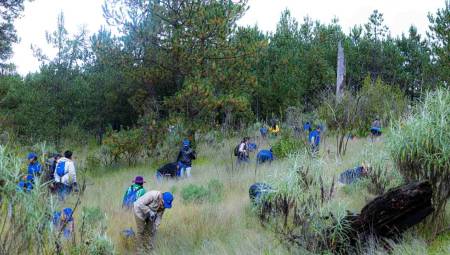
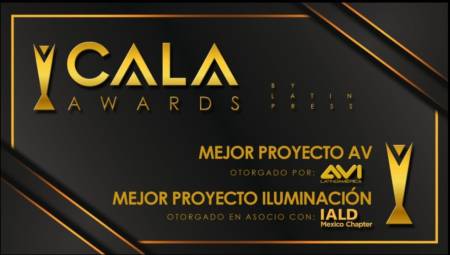
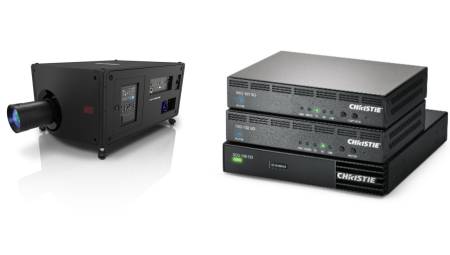

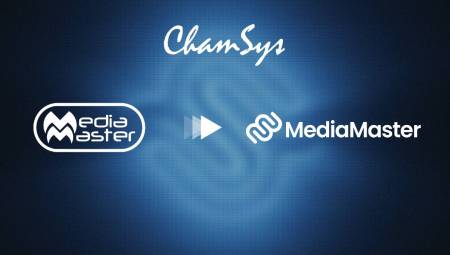

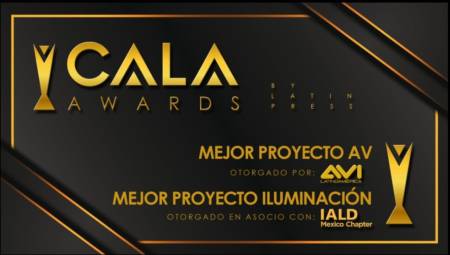
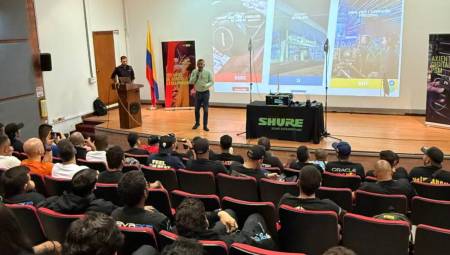
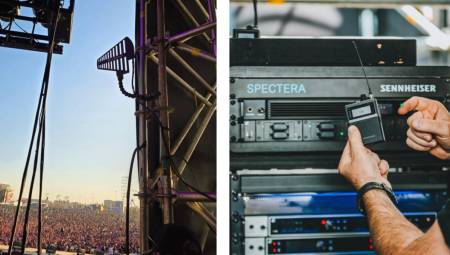


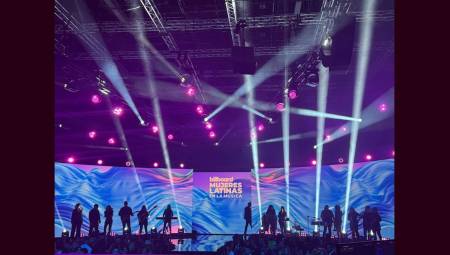
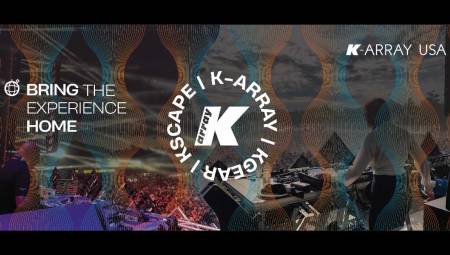
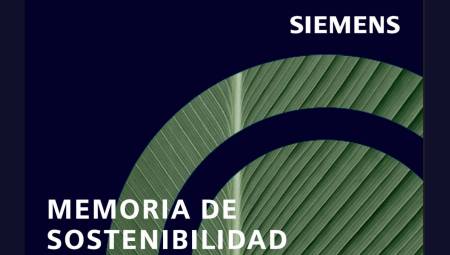
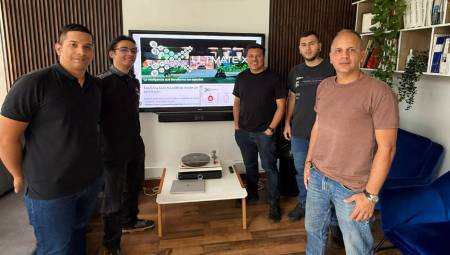
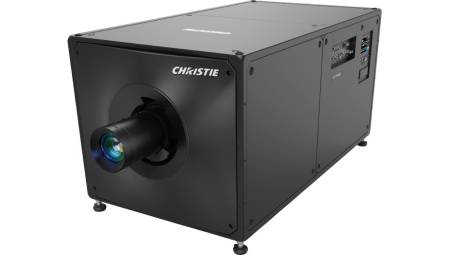

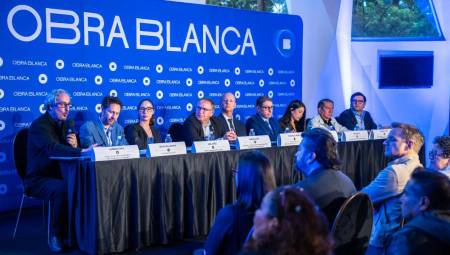
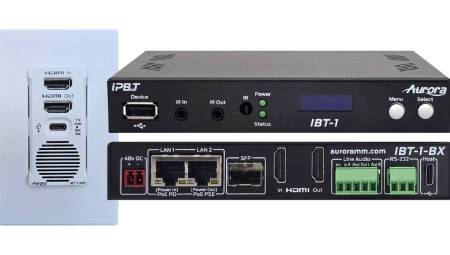
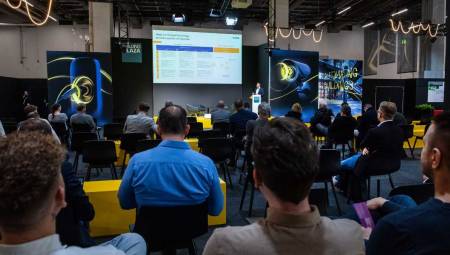

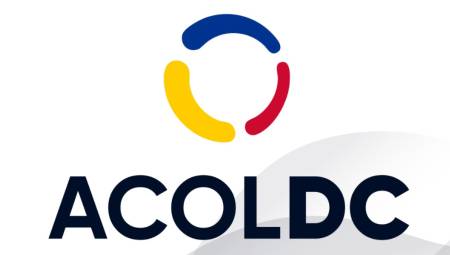
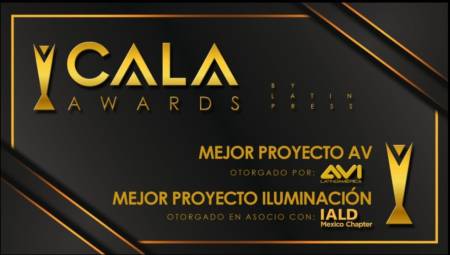
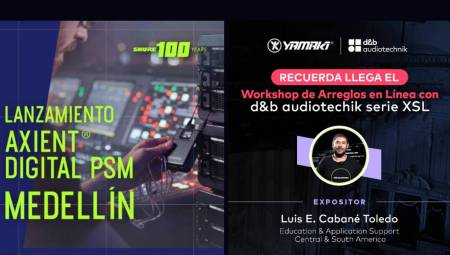
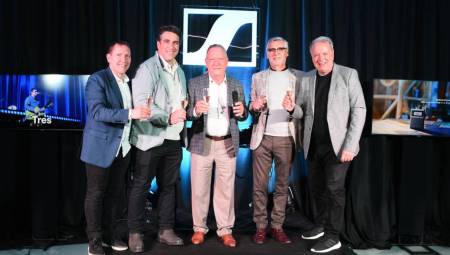
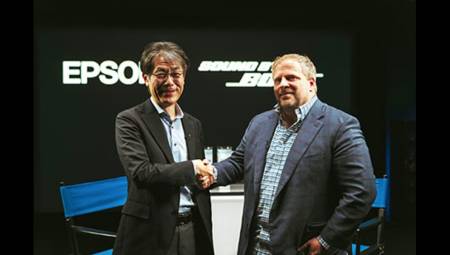



Excelente, trato de hacer un articulo sobre la transformación de las mujeres al usar STEAM y esta información ha sido de mucha ayuda.